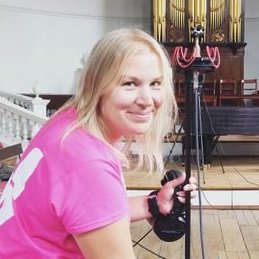
The use of 3D modelling and digital replication has been firmly adopted by archaeologists and the heritage sector since Reilly first coined the phrase “Virtual Archaeology” in the late 1980s. The use of such models has had significant academic impact regarding how we visualise the past and more recently has started to promote questions about how authentic these replicated worlds are and how they can be used to facilitate public engagement with the wider heritage sector. 3D printing is a relatively new technology but has grasped the public imagination and the heritage sector has been quick to see a new avenue for access to museum collections. While anecdotally the use and impact of 3D replicas produced in this way have been popular there has been no in-depth study to explore how the public actively engage with these objects.
This project will use Think See 3D and the Fitzwilliam as a case study to develop a guide to best practise in using digital and replica objects for impact and engagement within museum and heritage settings. These guidelines aim to be useful and scalable to museums of all sizes and of differing collection types.